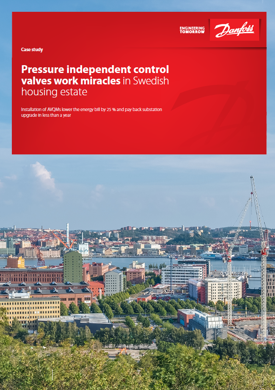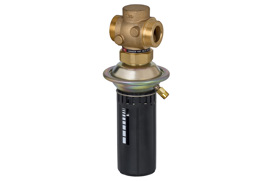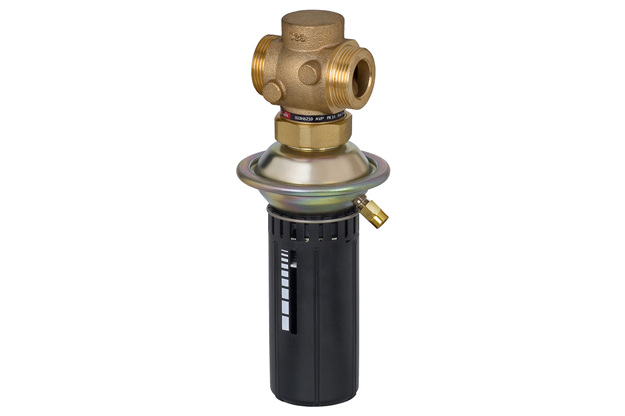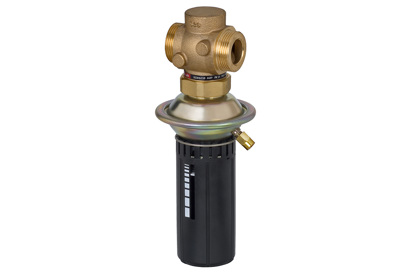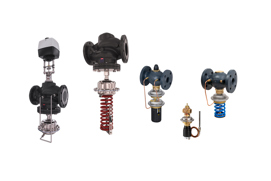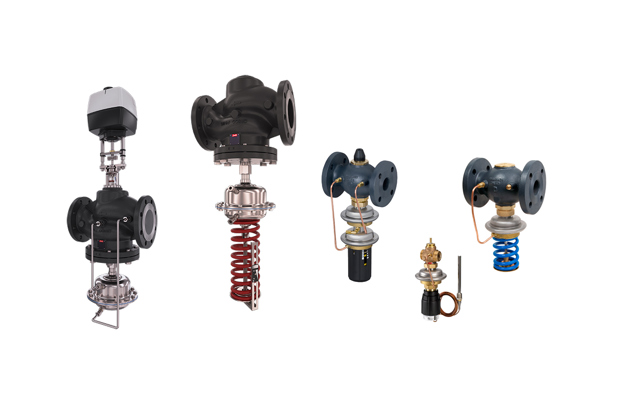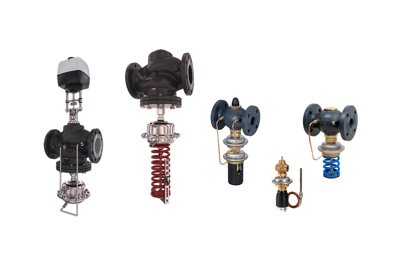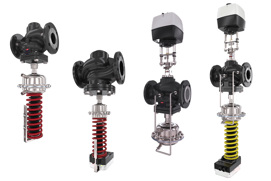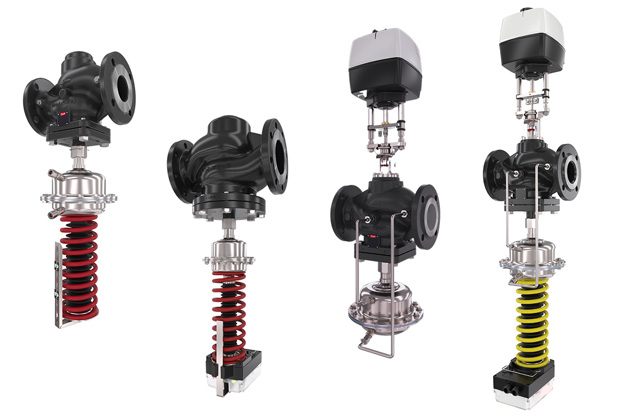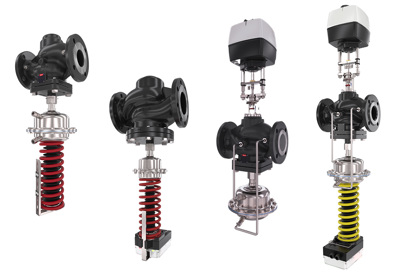Winters are long, dark and freezing in Gothenburg in Sweden. A nice, warm living room and plenty of hot water in the shower are therefore essentials to get through the cold season. Unfortunately, the people living in the apartments of the Göteborgshus housing estate had neither. The supply of heating and hot water was unstable, and complaints piled up in the office of the facility manager. Moreover, the district heating return temperature was much too high, which resulted in substantial penalty fees and high energy bills from the local district heating company.
First step: Installation of Energy Management System
Energy control experts from Dunderon were called in to help solve the problem. After close inspection of the existing heating and hot water installation, they introduced the Dunderon Energy Management System and mounted electronic controllers on the decentralized substations for room heating and the central substation for domestic hot water.
After that, things started to improve in the apartments. The room temperatures were comfortable, and the supply of hot water was more stable now. However, the district heating utility was far from satisfied. The flow on the primary district heating side was even higher now, and they saw no improvement on the return temperature. The energy bill was rising, and the housing association and residents had to pay dearly to keep warm. Obviously, something was wrong on the secondary side, and Dunderon asked Danfoss to help provide a solution that would solve the problem once and for all.
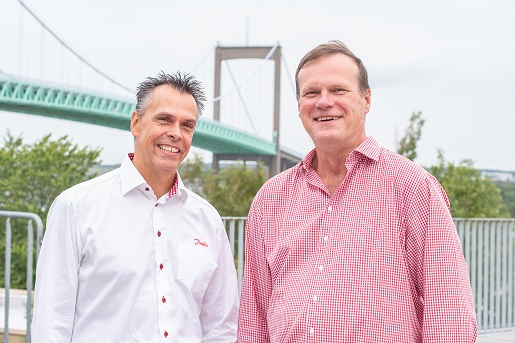
Second step: PICVs and new heat exchangers solve the problem
In close collaboration, the partners decided to replace the existing heat exchangers of the substations with new micro-channel heat exchangers from Danfoss. Furthermore, the existing two-way control valves were replaced by AVQM pressure independent control valves for district energy systems.
The new system design allowed some fundamental changes to the basic operating parameters in the secondary loop. The pump flow level could be lowered from 40 % to 20 %, and the supply temperature was reduced by ten degrees to only 60°C.
The result fulfilled everybody’s expectations. Residents now enjoyed a comfortable indoor environment and hot water at all times, while the housing association could cut the energy costs by as much as 25 %. They even received a bonus from the district energy company in return for low flows and low return temperature.

How AVQMs solve the problem
The pressure independent control valves:
• Prevent oscillation over control valves
• Increase precision of temperature control
• Enable reduction of supply temperature – no overflow
• Lower return temperature to district heating system
Related products
-
if (isSmallPicture) {


 Differential pressure controllers
Differential pressure controllersDifferential pressure controllers keep a constant and lower differential pressure across a motorized control valve or a total system/substation. This eliminates pressure variations and improves temperature control quality.
-
if (isSmallPicture) {


 Differential pressure, flow and temperature controllers
Differential pressure, flow and temperature controllersBalance your network, save energy and improve end-user comfort by hydronic balancing and control of district energy networks. Optimal hydronic balance and perfect temperature control are the key to maximizing the efficiency of heating or cooling networks.
-
if (isSmallPicture) {


 Virtus | Heavy-duty Pressure and Flow Controllers
Virtus | Heavy-duty Pressure and Flow ControllersA new generation of Virtus intelligent ready pressure and flow controllers are here to ensure high durability, improved functionality and performance in district energy networks balancing. In addition, unique intelligent optimization functions iNET and iSET will save even more energy.

